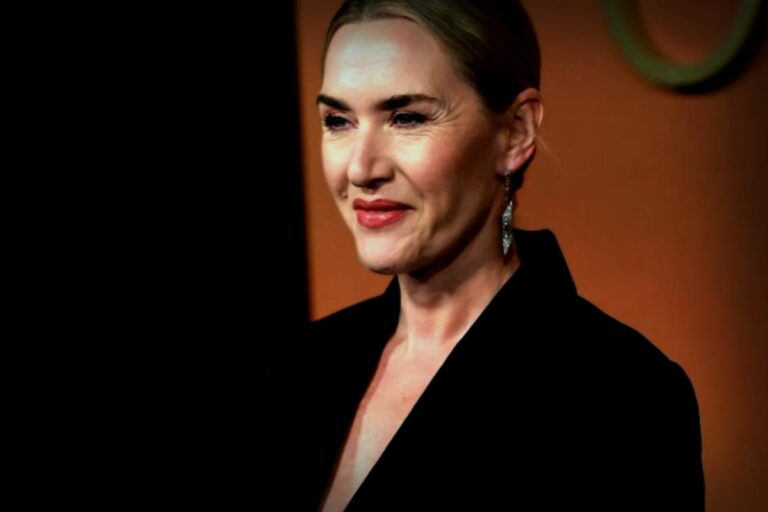- A lot of Gen Z is diving into what they call ‘treat culture.’ They often treat themselves with small purchases like snacks or convenient items as a way to practice self-care. While these little luxuries may seem harmless, nearly 60% admit they can lead to overspending. Unlike past generations, Gen Z has made this a regular thing in their lives.
Let’s be real, getting out of bed to face work or making a grocery trip can feel super daunting. To many in Gen Z, that’s a perfect excuse for a little treat.
A report from Bank of America last month revealed that a whopping 57% of Gen Z splurges on some sort of treat at least once a week. This could be music to the ears of brands like Starbucks and Dunkin, since coffee and cute little drinks are among the cheaper treat options. Even Trader Joe’s stands to gain from this trend thanks to their unique food options. And don’t forget beauty giants like Sephora and Ulta, which are becoming something of a go-to for younger shoppers looking to pamper themselves.
However, for almost 60% of Gen Zers, what starts as little self-rewards can spiral out of control. It has been called a ‘slippery slope’ by many experts. Yet, this generation shares their treat experiences openly on social media, flaunting anything from an ice cream cone to a new clothing haul.
While some treat themselves for tiny victories, others use small purchases as a pick-me-up after a tough day—even when there’s no particular reason.
One TikTok user recently shared, “I bought myself a treat today because it would’ve been my birthday if I was born today!”
For example, Terran Fielder, a 23-year-old media specialist, mentioned to Fortune that her lunch purchases make her life much easier. She often opts for conveniences that ensure she gets more time to unwind when her day wraps up.
“When I buy myself something nice, I view it as an investment in my well-being,” she explains. “Skipping lunch prep means more time to sleep, which is priceless. Overall, I think I spend about $200 to $250 monthly on these little treats.”
Of course, Gen Z isn’t breaking new ground here. They aren’t the first, nor will they be the last, to embrace treat culture. Not so long ago, millennials were criticized for their frequent coffee runs and avocado toast—key items in their treat economy.
Today’s treat culture may not be a novel concept, but it’s being executed in a fresh manner. According to Daniel Levine, director at the Avant Guide Institute, this generation is raising the bar on what treating oneself means.
“While older generations indulged in significant splurges for special occasions, Gen Z treats themselves more casually—think late-night junk food runs to de-stress,” Levine noted. “This approach offers a low barrier to regular indulgence, making it part of their daily routine.”
Plus, the rise of online shopping and food delivery makes those mini-treats super accessible. A recent survey indicates that Gen Z relies on grocery subscriptions 133% more than Generation X, showcasing their inclination toward convenience.
Reasons Behind the Persistence of Treat Culture
The psychology behind treat culture can be explained through the lens of positive reinforcement. When you achieve something meaningful or develop consistent habits, treating or rewarding yourself can help solidify those experiences.
For Gen Z, this culture is not just about enjoyment; it serves as a coping mechanism to rise above stress and societal pressures. Social worker Jillian Amodio stated that growing up during the turmoil of the pandemic, economic instability, environmental concerns, and other societal stresses have made these ‘little joys’ essential.
“Small yet deliberate joys can help reclaim personal agency and keep one grounded in the present,” Amodio pointed out. Coupling this with social media’s power to spread trends and showcase ‘little luxuries’ creates the perfect breeding ground for treat culture.
A study from Intuit Credit Karma also revealed that Gen Z tends to classify several non-essentials—like streaming services, good skincare, dining out, and workout classes—as necessities rather than frivolous expenses. Interestingly, over half of them prioritize spending on hobbies over other financial goals.
As Fielder asserted, “When I’m working away from home, treating myself to lunch makes my hectic day much easier to handle.” She also admitted that often she’ll choose online ordering to save time on errands.
This story was originally featured on Fortune.com





















